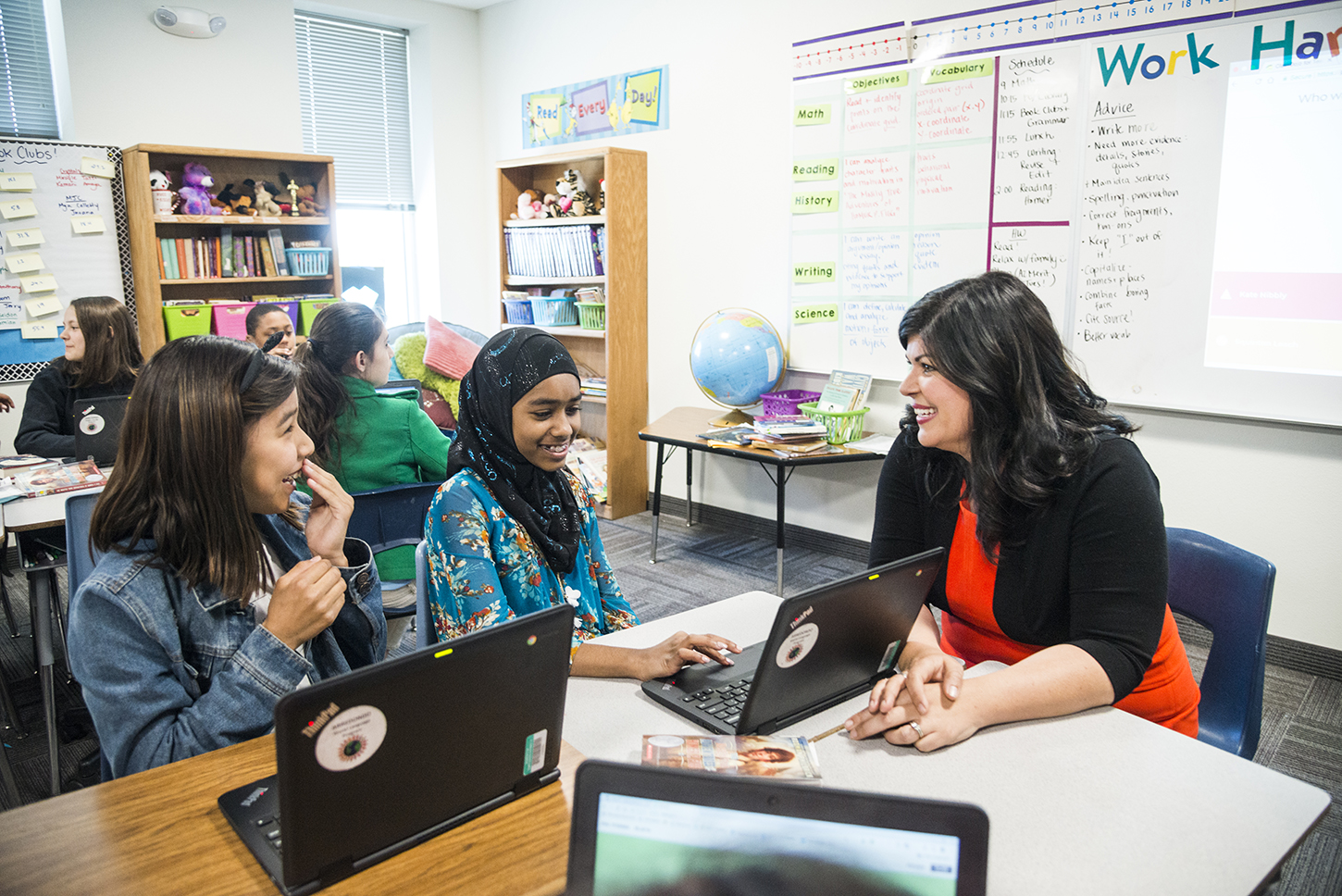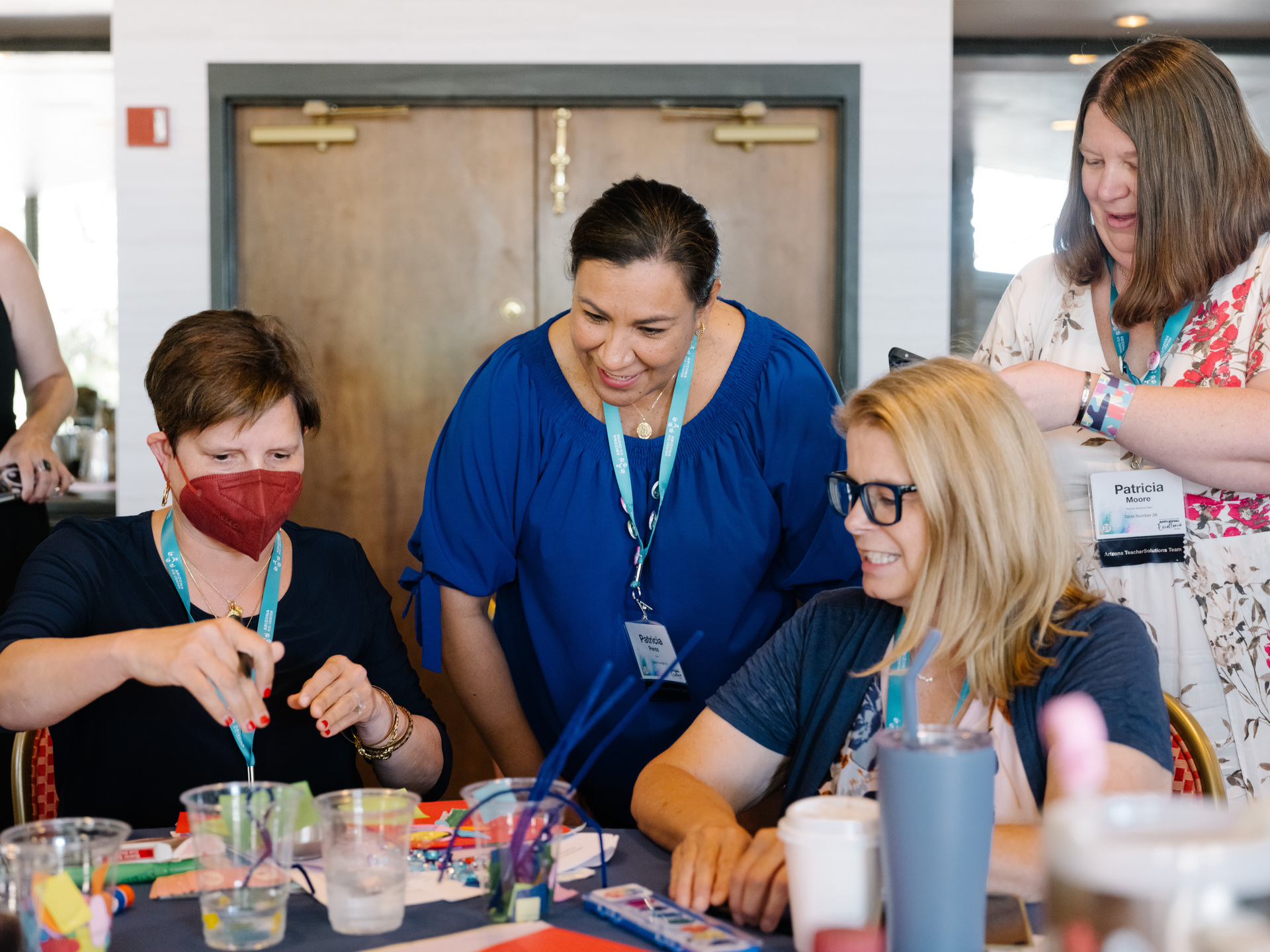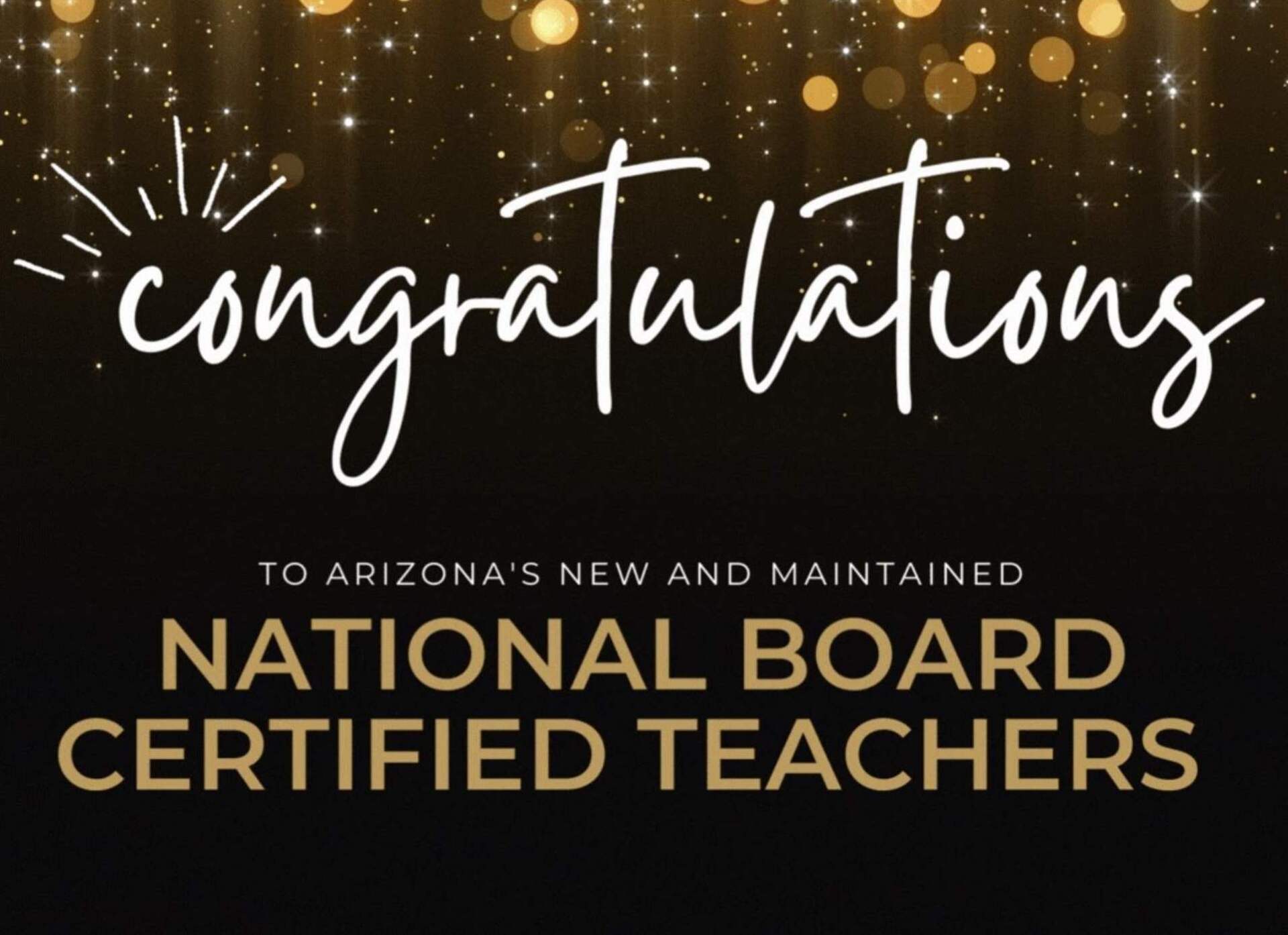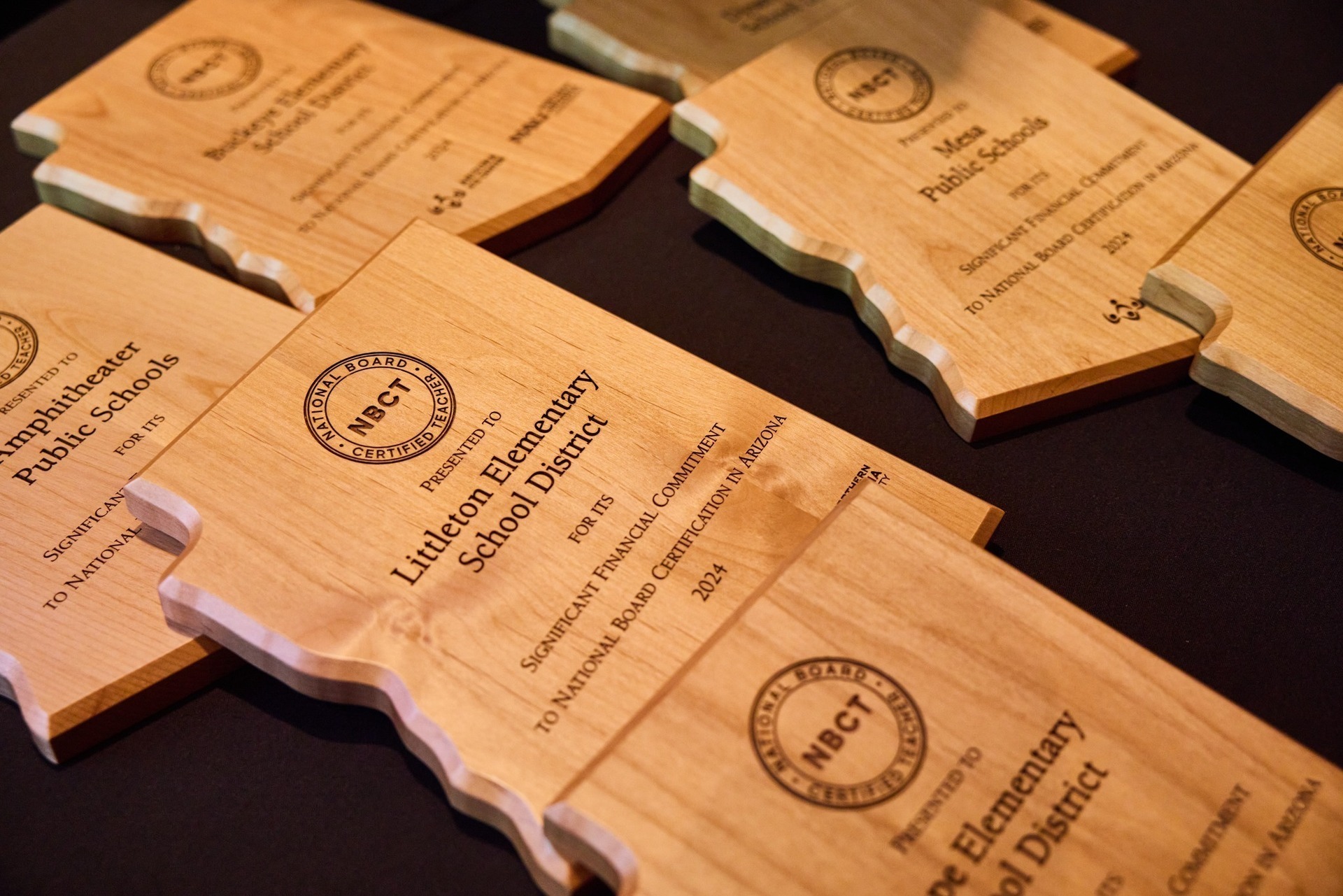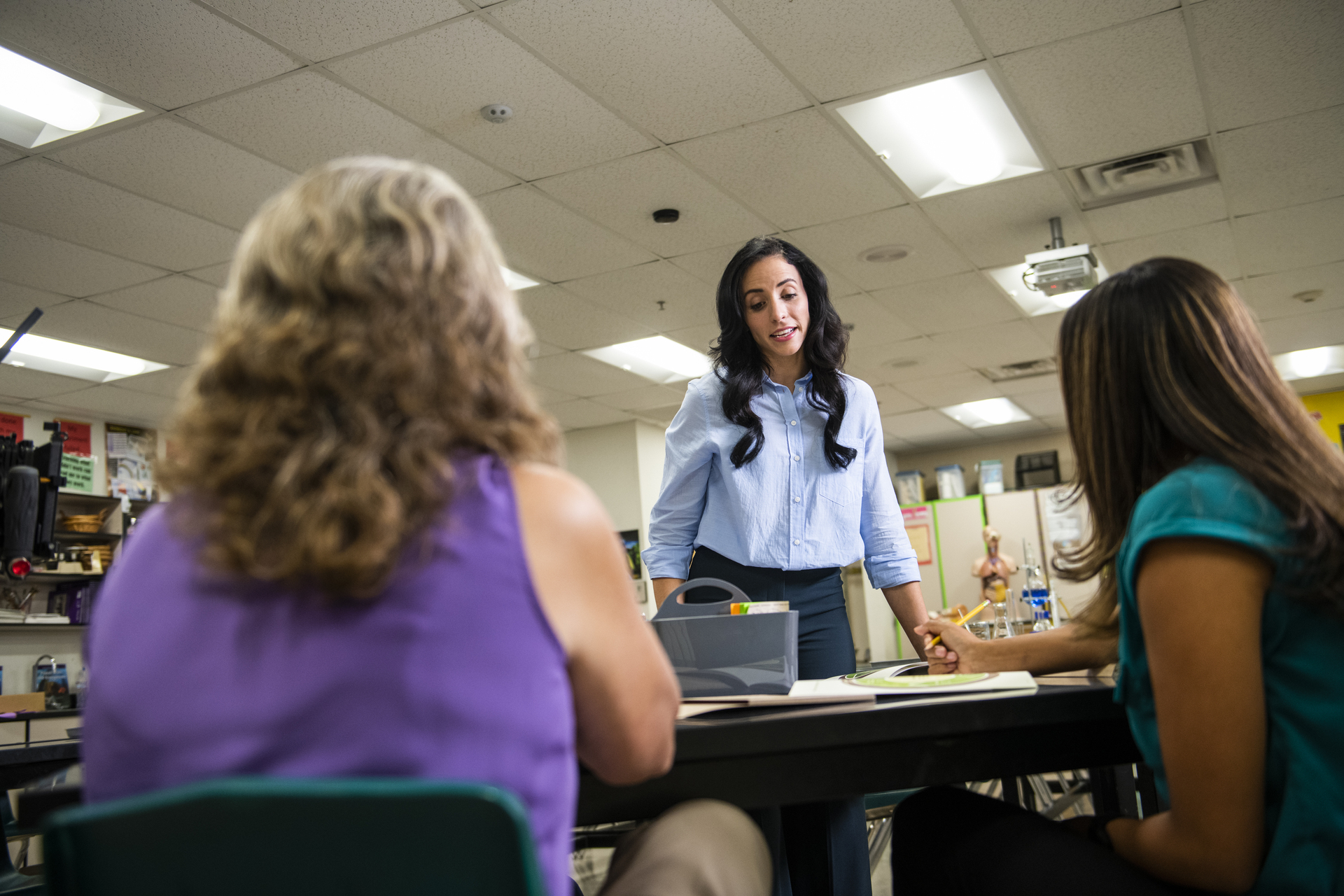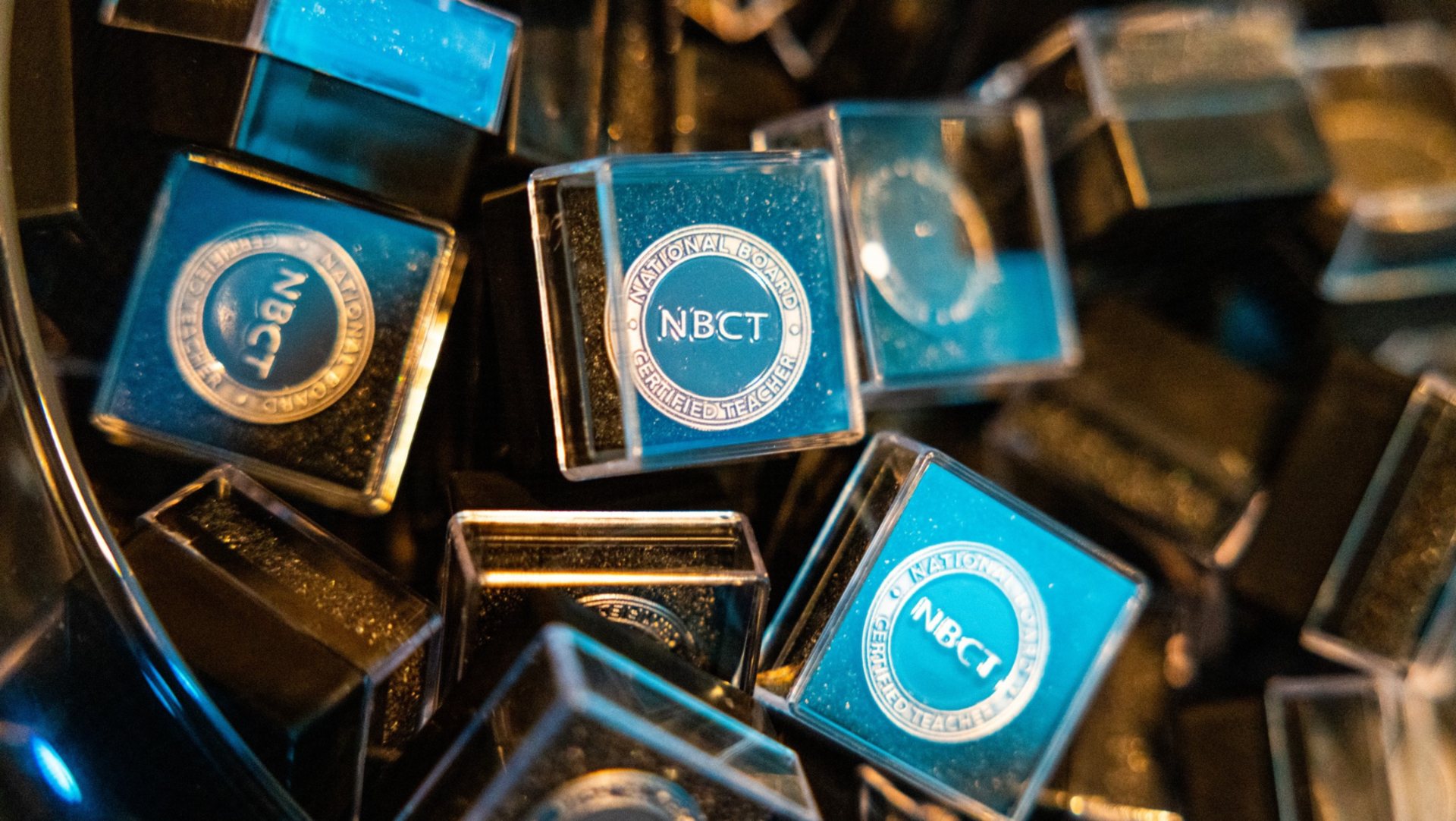August 9, 2018
When Your Students Won't Work for You, Help Them Work for Each Other
Every teacher, veteran or otherwise, requires specific classroom management techniques to keep the classroom safe and running smoothly. But what do you do when the traditional methods don’t work?
Clear expectations, consistency, and routine are three of the major components of effective classroom management. But, what happens when one class has a huge roster, is totally unruly, or perhaps has just the right group to create a classroom management nightmare? Thinking outside of the box and flipping who and what students are accountable to can be a game changer for classroom behavior. Instead of making them accountable to you and using their grades as payment or consequence, give your students the reigns and hold them accountable to each other.
Using “accountabilibuddies” is a simple and efficient tool to calm the unruly class — or when simply seeking a new strategy to step up your classroom management game.
1. How It Works
Students’ desks are paired in groups of two. You may choose any strategy you like in order to group students randomly giving them a partner, but be sure to start the strategy with random groupings of students. Defining accountability is a good place to start, followed by explaining that they will be responsible to one another from here on out. In my classroom, I offer two assessment points daily per student for good behavior. As a class, we create a rubric where we lay out all of the expectations and goals. Students are given their partners and a seating chart following this in-depth discussion of expectations.
2. Make Expectations Known and Repeat
As with any classroom management foundation, being clear and consistent is key. Giving students the rubric will help them understand the idea and how it will benefit the classroom as a whole. As the teacher, it’s up to you to keep up with the rewards and consequences for behaviors, positive or negative. Continually reinforce this for the best results.
3. Accountabilibuddies Start as Random Groupings
Clearly students will want to pick their own accountabilibuddies and will often gravitate to their best friend or someone they are close to. In order for this strategy to work, it is important that students are grouped randomly in the beginning stages. One way to help this process along is to have students list a few people they would like to be partnered with, hand them in, and then use these pairings as an incentive to do well using the strategy. Then, give students a two-week trial period. Are they doing well? Then these pairings can be granted as a carrot for good behavior; it is a positive reinforcer.
4. Why it Works
In traditional classroom management, the teacher is in charge. If students diverge from classroom expectations, there are consequences for that specific student. Accountabilibuddies moves away from consequences and focuses on positive rewards for positive behaviors — much like a bonus for a job well done in the work world.
5. Benefits and Growth
A strategy such as accountabilibuddies grows students in areas where traditional classroom management may not. It helps students learn how to team build and work with others in a “work” setting. There is a focus placed on positive communication and acceptance of others, all while providing real life implications for negative behavior. In my high school classroom, I place great emphasis on the fact that when students enter the work world as adults, they will not have the opportunity to choose whom they work next to or on a team with, and conflict can often end in termination. Providing the opportunity for our students to work together toward a common goal, set by the class as a whole, is the closest we can get to college and career readiness — a common goal for all teaching institutions. And, it works!
